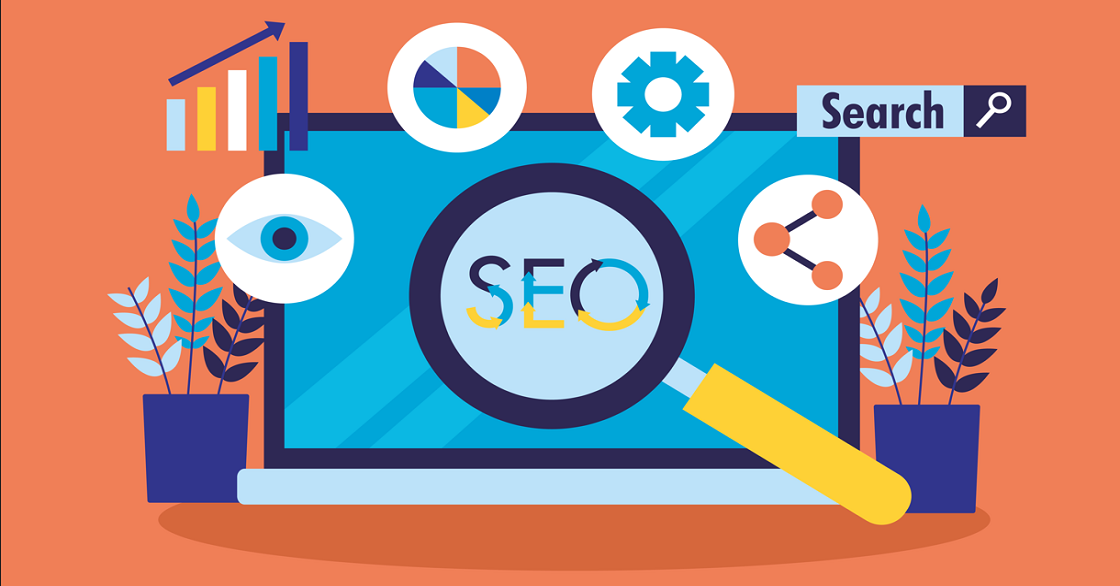As we know, Google’s ever-evolving algorithm includes a long laundry list of items, some more important than others. Onsite factors including page titles, content relevance and URL structure are extremely important in this equation. SEOs are increasingly looking at user-experience as an important metric to monitor and improve, with well-crafted, clean websites having a clear advantage over older websites. Website site speed is a subset of this category and needs to be prioritized, withonline browsers having lower attention spans than ever.
Let’s dive into the mechanics of how site speed influences search rankings and the steps you can take to stay ahead.
What is website speed?
To state the obvious, website speed refers to how quickly a website responds to web requests. It’s the page load time (the time it takes to fully display the content on a specific page) and the time to the first byte (how long it takes for your browser to receive the first byte of information from the web server).
How Search Engines View Site Speed
Search engines aim to provide users with the best possible results, and loading speed is a significant part of the user experience. Google’s algorithm has evolved to include site speed as a ranking signal, and with the introduction of Core Web Vitals in May 2020, it’s clear that the search giant is doubling down on this metric. Core Web Vitals are a set of specific factors that Google considers important in a webpage’s overall user experience, including loading performance, interactivity, and visual stability of the page.
Site Speed’s Impact on User Experience and Behavior
A slow-loading website can be detrimental to user experience, leading to higher bounce rates and lower average time on page. According to a study by Akamai, a 100-millisecond delay in website load time can reduce conversion rates by 7%. This data underscores the critical nature of speed in maintaining user engagement and satisfaction.
Analyzing the Competition
In competitive SEO landscapes, site speed can be the difference between the first and second page of search results. A 2019 study by Backlinko found that the average time it takes to fully load a webpage on the first page of Google is 1.65 seconds. This benchmark sets the stage for what businesses should aim for to remain competitive.
Practical Steps to Improve Site Speed
Improving site speed starts with an audit using tools like Google’s PageSpeed Insights or GTmetrix. These tools provide a performance score and actionable recommendations. Common culprits for slow site speed include large image files, unoptimized code, excessive HTTP requests, and slow server response times. Addressing these issues often involves compressing images, minifying CSS, JavaScript, and HTML, reducing redirects, and improving server response time. Particularly on large online stores where the decision to buy from you as opposed to the competition can be made in milliseconds, ecommerce site speed should be a strong priority for business owners.
Tools and Resources for Measuring and Enhancing Site Speed
Google’s PageSpeed Insights is an excellent starting point for measuring site speed. It not only analyzes the speed of your site but also provides suggestions for improvement. For a more granular analysis, WebPageTest.org allows you to test your site’s performance across different browsers and geographical locations.
Optimizing for Mobile
If users are impatient on desktop, users on mobile are even more easily distracted. With over half of global web traffic coming from mobile devices, optimizing for mobile speed has never been more crucial.
Google’s mobile-first indexing is not just a suggestion; it’s a clear directive that the mobile version of your content is considered the primary version for ranking purposes. This shift is a response to the growing number of users who rely on mobile devices for their internet use. Mobile pages require a different approach to speed optimization, often necessitating more streamlined designs, accelerated mobile pages (AMP), and responsive image sizes.
The goal is to deliver content to mobile users as quickly as possible, reducing the likelihood of users abandoning a site due to slow load times. By focusing on mobile optimization, you not only cater to the vast mobile audience but also strengthen your overall SEO strategy, ensuring that your site meets the speed standards of today’s search ecosystem.
Conclusion
Site speed is not a set-it-and-forget-it element of your website. It demands ongoing attention and optimization. As search engines continue to refine their algorithms, the importance of a fast-loading website becomes ever more apparent. By prioritizing site performance, you’re not just appeasing search engines; you’re delivering the swift, seamless experience that your users expect.
Now is the time to take a critical look at your site’s speed and make the necessary adjustments. Your users, and your bottom line, will thank you for it.





